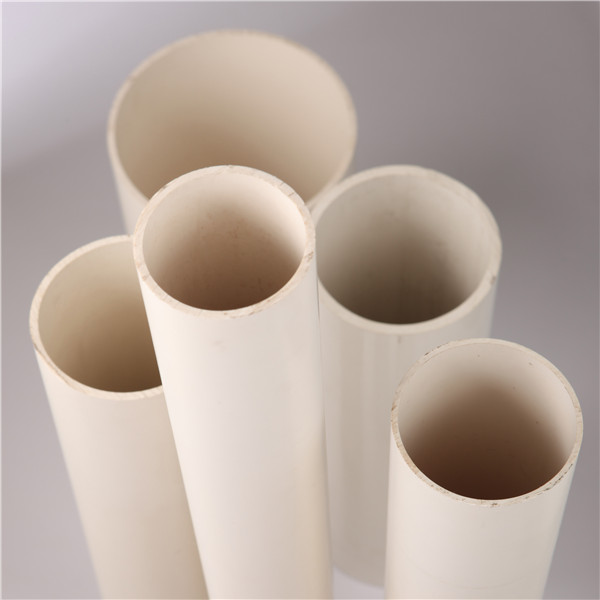Aug . 13, 2024 22:53 Back to list
Exploring the Benefits and Applications of PPR Pipe Fittings in Modern Plumbing Systems
Understanding PPR Pipe Fittings A Comprehensive Overview
Polypropylene Random Copolymer (PPR) pipes and fittings have gained immense popularity in various plumbing and industrial applications due to their durability, corrosion resistance, and ease of installation. As the demand for efficient and sustainable plumbing solutions continues to rise, PPR pipe fittings offer a reliable choice for both residential and commercial settings.
What Are PPR Pipe Fittings?
PPR pipe fittings are components designed to connect, redirect, and terminate PPR pipes, facilitating seamless and leak-proof plumbing systems. These fittings come in various shapes and sizes, including elbows, tees, reducers, couplings, and caps. Made from high-quality polypropylene, PPR fittings exhibit outstanding chemical resistance, making them suitable for transporting hot and cold water, as well as various chemicals in industrial applications.
Advantages of PPR Pipe Fittings
1. Durability One of the most significant benefits of PPR pipe fittings is their long lifespan. PPR materials do not corrode or rust, which is a common issue with metal fittings. This resistance to degradation ensures that the fittings maintain their integrity over years of service.
2. Temperature Resistance PPR fittings can withstand high temperatures, often rated for use with water temperatures up to 95°C (203°F). This feature is particularly beneficial in heating systems where consistent performance at elevated temperatures is essential.
3. Ease of Installation PPR fittings can be easily welded together using a simple heat fusion process. This method creates a strong, homogeneous bond that enhances the overall strength of the plumbing system. Additionally, their lightweight nature simplifies handling and transportation, reducing overall installation time.
ppr pipe fittings

4. Cost-Effectiveness Although the initial investment might be slightly higher than traditional materials, the long-term savings are significant. PPR fittings reduce maintenance costs associated with leaks and corrosion, offering a better return on investment over time.
5. Environmental Impact PPR is recyclable, making it a more environmentally friendly option compared to other plastic materials. Its longevity means fewer replacements are needed, contributing to reduced plastic waste in landfills.
Applications of PPR Pipe Fittings
PPR pipe fittings are versatile and can be used in numerous applications, including
- Residential Plumbing Ideal for hot and cold water distribution systems, PPR fittings ensure a leak-free and durable plumbing network in homes. - Industrial Use In settings that require the transportation of corrosive chemicals or high-temperature fluids, PPR fittings provide a safe and efficient solution. - Heating Systems PPR is widely used in underfloor heating systems due to its high-temperature resistance and minimal thermal conductivity. - Irrigation Systems The resistance to weathering and corrosion makes PPR fittings suitable for agricultural applications, ensuring efficient water delivery in irrigation systems.
Conclusion
In conclusion, PPR pipe fittings are an excellent choice for modern plumbing needs due to their durability, versatility, and cost-effectiveness. As industries and homeowners increasingly focus on sustainable and long-lasting plumbing solutions, the role of PPR fittings continues to grow. Whether you're planning a new installation or upgrading an existing system, PPR fittings prove to be a practical and wise choice, ensuring reliability and efficiency in fluid transport. With advancements in technology and manufacturing, the future of PPR fittings looks promising, paving the way for more innovative and sustainable plumbing solutions.
-
Durable Glossy PVC Rigid Sheet | Premium High-Shine Panels
NewsAug.26,2025
-
Durable PP Rigid Sheet: Lightweight, Chemical Resistant Solutions
NewsAug.21,2025
-
PVC Grey Sheet for Extraction: Chemical Resistant & Durable
NewsAug.19,2025
-
Durable PVC Pipe Fittings for Plumbing & Irrigation Needs
NewsAug.18,2025
-
HDPE Steel Belt Reinforced Spiral Corrugated Pipe | High Strength
NewsAug.17,2025
-
HDPE Pipe Fittings: Durable, Leak-Proof Solutions
NewsAug.16,2025

